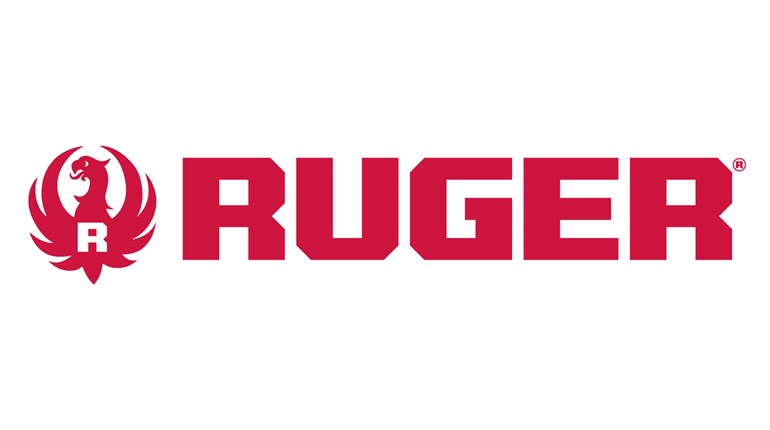
There’s cause for celebration in Ruger’s 75th Anniversary this year. The company is a genuine American success story that begins with a rise to prominence that continues to flourish through innovation, focus on quality and dedication to affordability.
It’s a company cornerstone, laid years ago by William Batterman Ruger with the financial backing of artist and author Alexander Sturm. Firearm enthusiasts simply refer to the firm as Ruger, but officially it proudly remains Sturm, Ruger & Co.
Company co-founder William Batterman Ruger was born in Brooklyn, NY, in 1916. He had a passion for firearms from a young age and, while attending the University of North Carolina, designed a machine gun. After leaving school, he worked at The Springfield Armory and helped Auto Ordnance improve gun designs during World War II.
Afterward, Ruger opened a small operation in Southport, CT. Its specialty was manufacturing tools, but in his spare time he designed and patented a .22 LR semi-automatic pistol—the Ruger Standard Pistol—that launched the firearms company that exists today.
Seed money to make and market the handgun was provided by Sturm in 1949. Sturm, Ruger & Co. began its production in a shop nicknamed the “Red Barn” shortly after. One of the first Standard Pistols to come out of the “factory” went to an editor at NRA Publications. Another was sent to a competitive shooter. After a glowing review appeared and titles were claimed, demand for the new pistol soared. Nine thousand backorders had amassed by the summer of 1950.
Sturm tragically died the next year at the age of 28. Out of respect, Ruger removed red from the company’s original eagle logo. The mournful black replacement remained until the company’s Golden Anniversary in 1999.
Maintaining the quality customers deserve is a con-stant battle in any industry, especially those that require sourcing parts or material from other firms. Ruger and his team had an intimate knowledge of metallurgy by this time, as well as investment casting.
So, in 1963, the company established Pine Tree Castings. It ensured Ruger’s firearm factory received metalwork that lived up to the rugged and reliable promise. Word quickly spread, though. Today, that company fills orders for the firearm, automotive, defense, sporting goods and tool industries.
In 1969 Ruger designed a 425-horsepower luxury vehicle—the Ruger Sports Tourer—at the height of muscle car demand. It didn’t gain much traction against SS Chevelles and Hemi ’Cudas, so only two were made. The same year the company’s stock became publicly available. In 1990 it was listed on the New York Stock Exchange under the RGR ticker, where it remains. William Batterman Ruger retired in 2000, and died two years later.
“Ruger has come a long way in 75 years,” remarked CEO Chris Killoy in January. “From humble beginnings in the Red Barn in Connecticut to three powerhouse manufacturing operations in New Hampshire, North Carolina and Arizona—and with more support facilities throughout the United States—Ruger has made its name by providing top-quality firearms that represent a great value to the shooting public. On behalf of our almost 2,000 dedicated associates, I thank our customers for making our first 75 years such a success!”




































